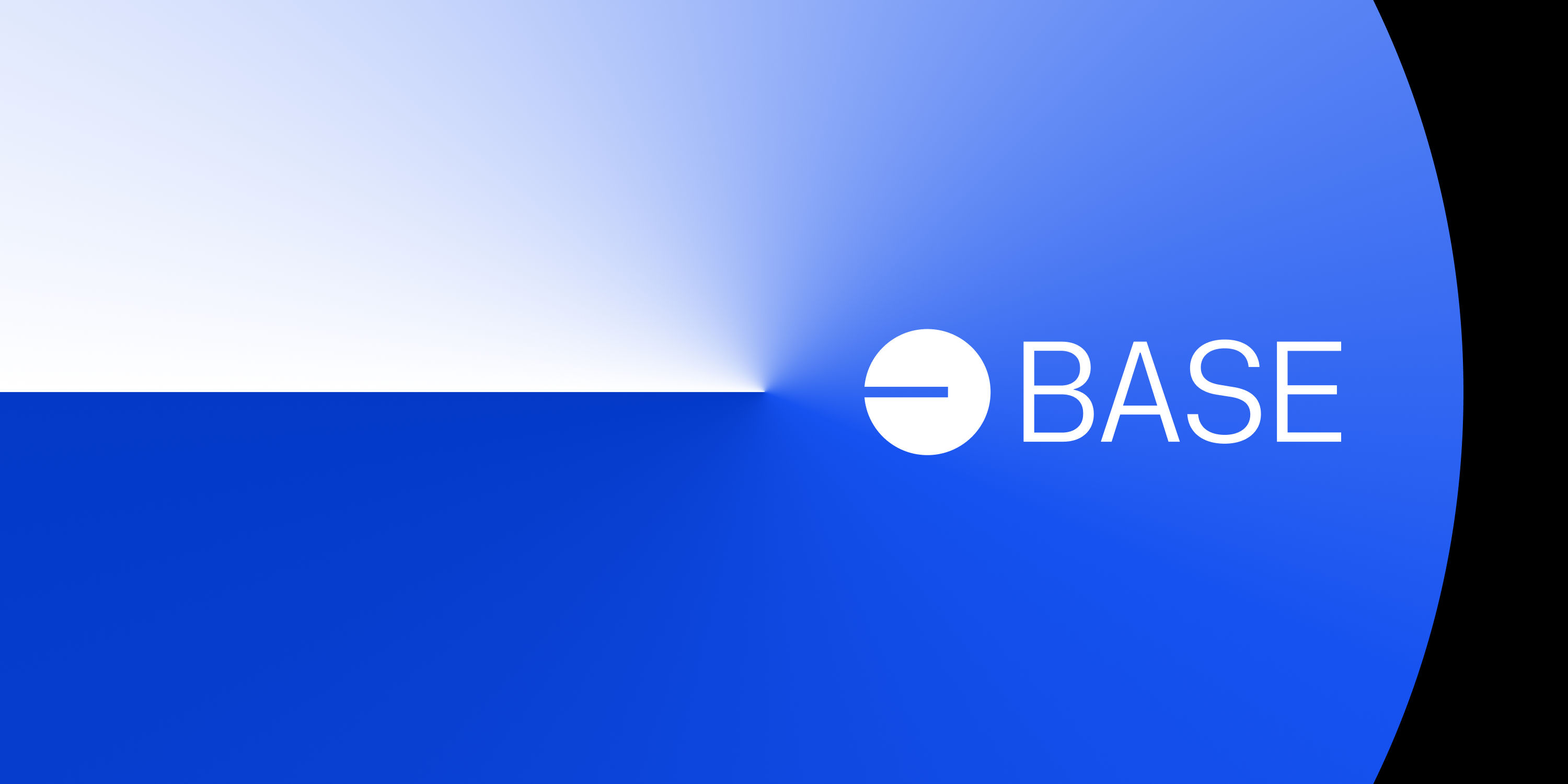Base announced the launch of a groundbreaking marketplace on January 14, 2025 that allows developers to share in gas revenue generated on the platform.
Base Marketplace – New Gas Fees Sharing Model
Traditionally, gas fees—payments made by users to execute transactions—are absorbed by the network or validators. However, Base’s new model allows developers to earn a share of these fees based on the usage of their dApps.
This direct financial incentive encourages developers to build user-friendly and efficient dApps that attract users and drive network activity.
Smart contracts that developers can integrate into their applications track gas consumption on Base. This transparent system enables them to receive some of the gas fees generated by user transactions while encouraging innovation within the ecosystem.
Besides monetization opportunities and high-quality applications, the marketplace lowers barriers to entry. This allows smaller teams or independent developers to compete with larger players by focusing on niche markets or innovative solutions.
Finally, it attracts top talent and fosters a vibrant developer community by providing consistent revenue streams for builders.
What it Means for the Broader Crypto Ecosystem
The revenue-sharing model could set a precedent for other Layer 2 solutions and blockchain platforms, encouraging them to adopt similar models.
Additionally, this could intensify competition among Layer 2 networks like Arbitrum and Optimism, who need to introduce comparable incentives to retain developer mindshare.
Developers could drive a surge in overall activity on Base and, consequently, Ethereum to maximize earnings by creating popular dApps.
Finally, by making blockchain technology more accessible and rewarding for developers and end users, Coinbase may move closer to its vision of onboarding one billion users into Web3.
However, the model may also be faced with challenges like:
- Long-term viability is dependent on sustained user activity and transaction volumes on Base
- Revenue-sharing mechanisms may attract scrutiny from regulators regarding securities laws or tax implications
- Complex infrastructure for smart contracts to accurately track gas consumption and distribute revenue fairly
- Gas price fluctuations that make earnings unpredictable
By extending financial incentives to developers—arguably the lifeblood of any blockchain ecosystem—Base is redefining value distribution within decentralized systems. This initiative can potentially accelerate adoption not just for Base but for the broader decentralized applications.
However, Base must stay on its innovation toes to maintain its edge.













